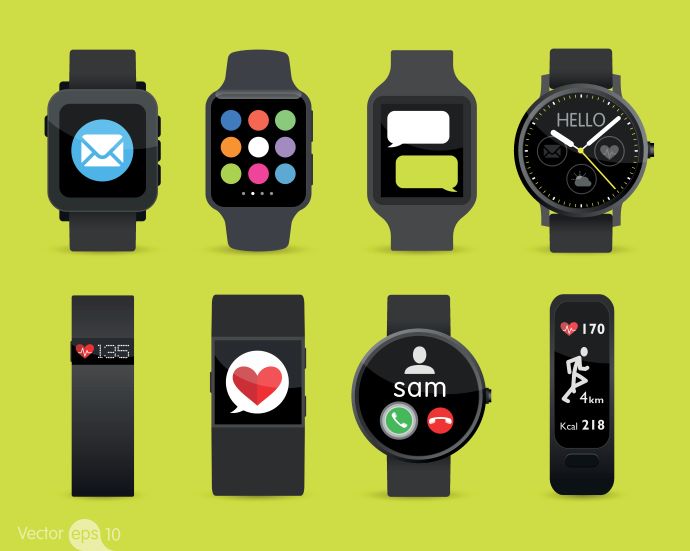Pediatric Wearable Device Use Varies Based on Patient Demographics
New research found that wearable device use and retention among pediatric patients showed inconsistencies associated with demographics and socioeconomic factors.

Source: Getty Images
- New research published in JAMA Network Open found that consumer-grade wearable device use was inconsistent based on social determinants of health (SDoH), specifically patient demographics and socioeconomic factors.
Although wearable device use continues to expand in popularity and applicability, researchers continue to question whether biases exist regarding the development of these resources and the resulting data collection.
Though some previous research notes the structural barriers related to wearable device use among children, researchers stated that evidence surrounding the long-term use of wearable devices for health monitoring was limited, specifically regarding whether it would yield valid data.
To gather further information about how SDoH correlated with patient willingness to engage in the use of wearable devices and related health research, researchers conducted a cohort study that included 10,414 patients, all of whom were between 11 and 13 years old and were at the two-year (Y2) follow-up point in the Adolescent Brain and Cognitive Development (ABCD) Study. This study took place at 21 sites across the US.
Among the 10,414 participants, the mean age was 12; 52.3 percent were male, 13.7 percent were Black, 19.7 percent were Hispanic, and 53.9 percent were White. Researchers obtained this information during onboarding and at the Y2 point. At the Y2 follow-up, all patients were given the option of wearing Charge HR 2 Fitbit. Devices were provided for a three-week period.
The wearable device cohort comprised 71.3 percent of the total population, and the remaining 28.7 percent of participants did not use the devices or share data.
In reviewing the patient data, researchers considered participant retention and total device wear time over 21 days as the primary outcomes. They also noted the associations between the primary endpoints and sociodemographic and socioeconomic indicators.
Researchers found that while Black children remained engaged in the study for an average of 16 days, White children usually lasted the entire period. They also noted that pediatric patients from racial and ethnic minority groups wore devices for a significantly shorter period. Among the entire population, the median device wear time was 400.7 hours. However, the median for Black patients fell below 300 hours.
Based on the data collected, researchers concluded that noticeable differences existed between White and Black children in terms of initial participation and amount of time using the wearable device.
Although wearable devices provide numerous opportunities to improve care, researchers noted that further research surrounding common bias is needed.
Previously, similar research has indicated that though digital healthcare has apparent benefits, disparities are common within pediatric populations.
Research from April 2022 found that rural-residing, publicly insured pediatric patients from low-income families used telehealth less frequently.
Researchers came to this conclusion after reviewing pediatric virtual care activity from Alabama’s standalone Children’s Health Insurance Program during the COVID-19 pandemic. They found that children from large or small rural areas were less likely to use telehealth. Further, those aged 6 to 12 used it less often than those aged 12 to 18.
This data, along with the indication that those who were a part of low-income families used telehealth less, led researchers to conclude that the digital divide and limited availability likely played a large role in creating and widening care gaps. They also noted that as telehealth continues to grow, efforts to increase access and equity are necessary.
